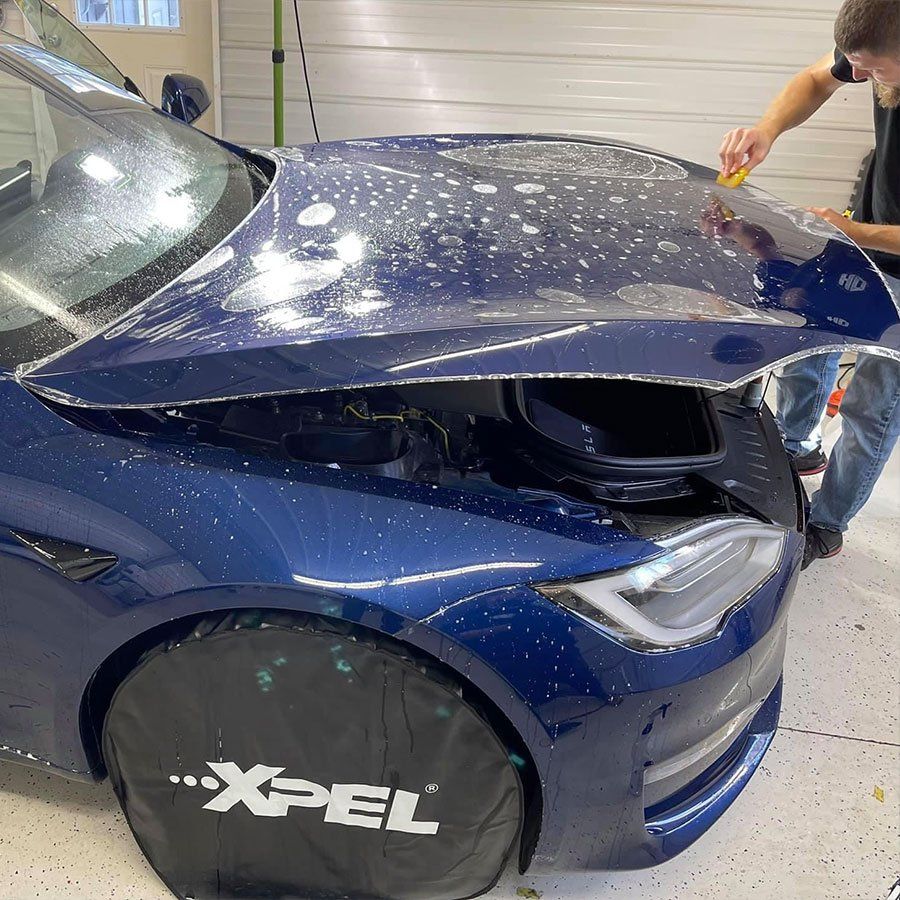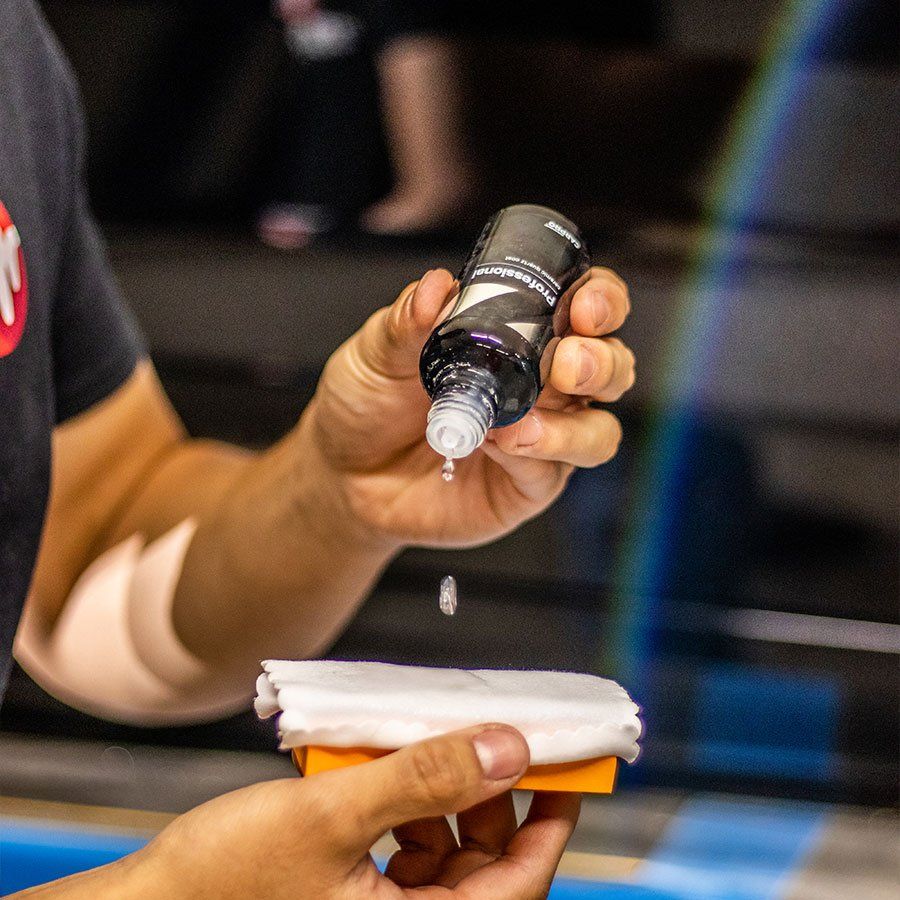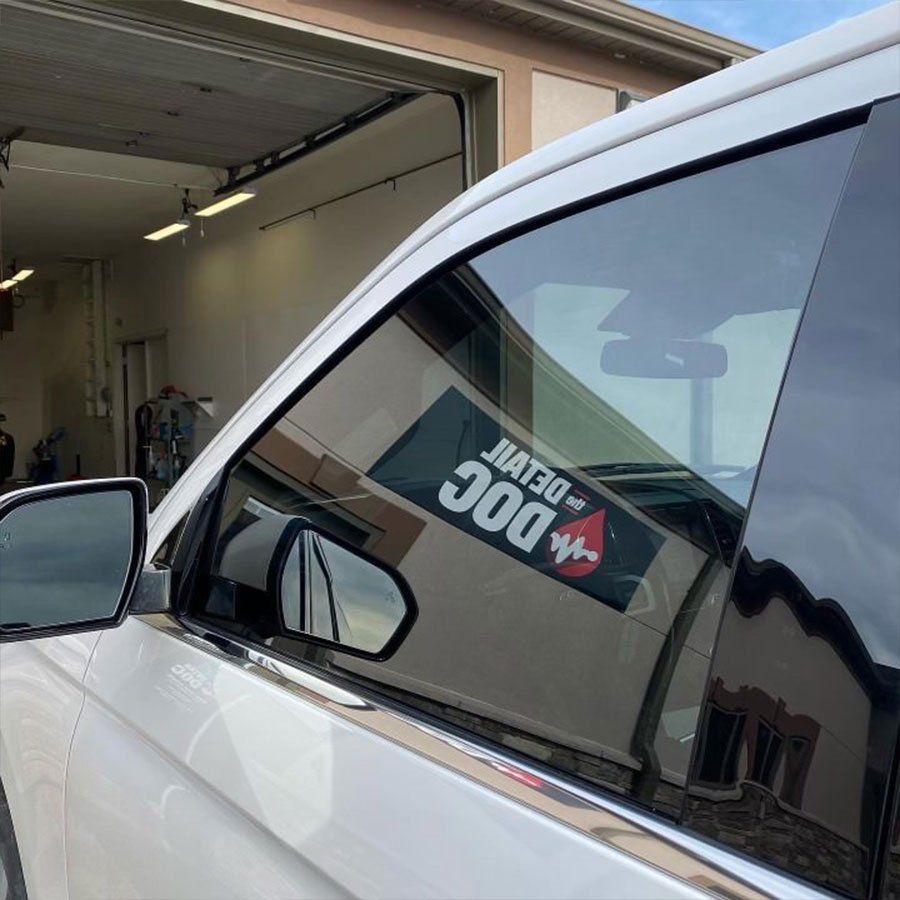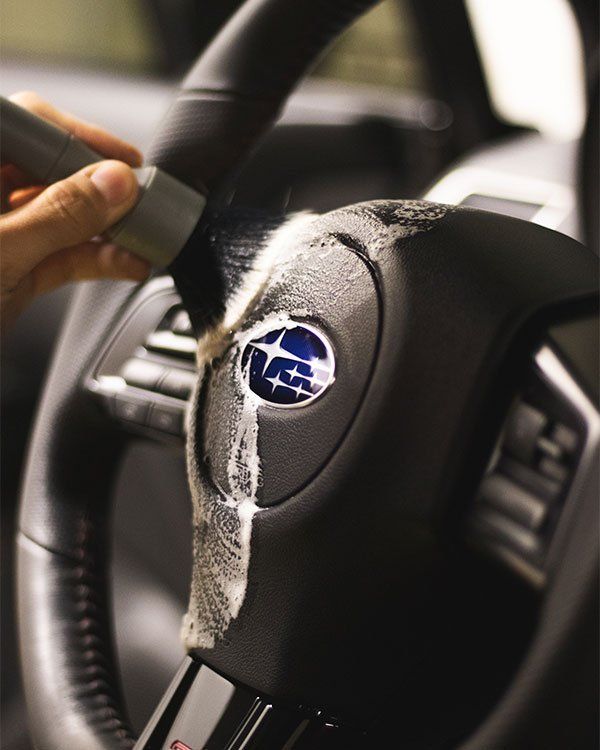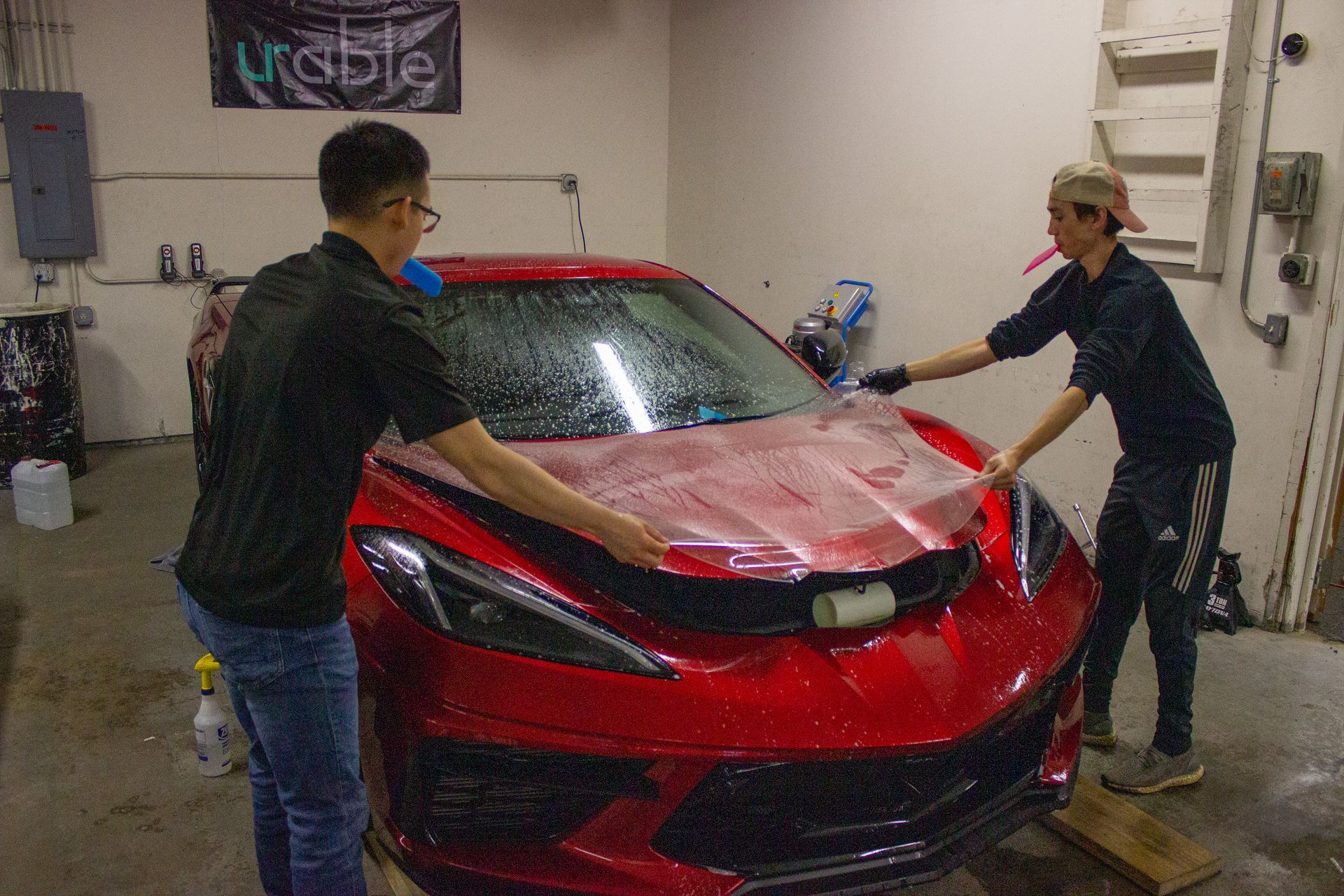Understanding the curing process of a ceramic coating is crucial for those looking to achieve an impeccable, long-lasting shine on their automobiles. If you've just applied this liquid polymer to your vehicle or are considering it, one essential question might be burning in your mind: How long does ceramic coating take to cure? Fret not, as The Detail Doc is here to unravel this mystery. Get ready to dive into a treasure trove of information exploring the science behind the drying process, different environmental factors that can influence it, and ways to ensure optimal curing for maximum protection and luster from your ceramic coating.
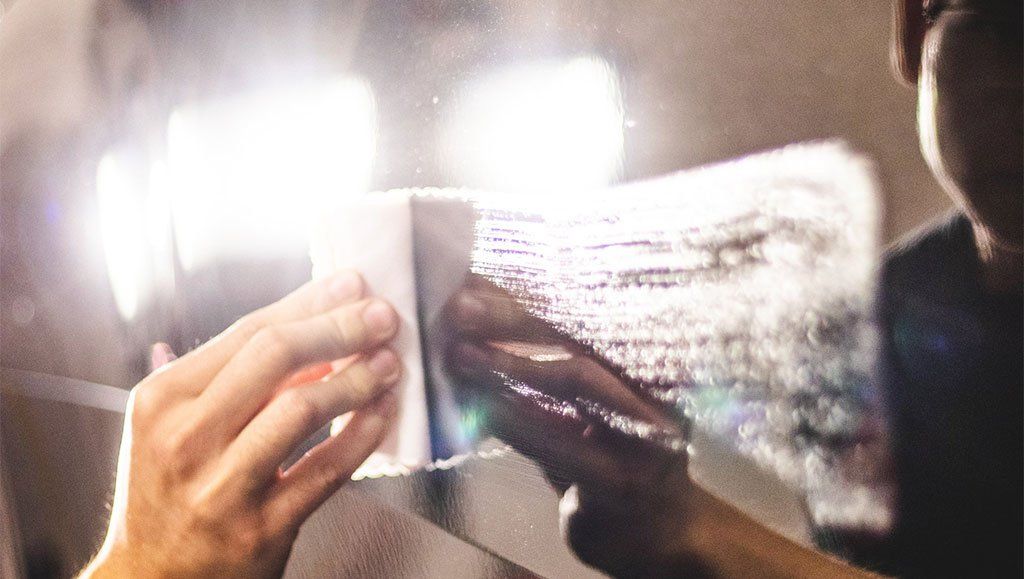
Understanding Ceramic Coating
Ceramic coating has gained significant popularity in the automotive industry due to its exceptional protective properties and ability to enhance the appearance of vehicles. But what exactly is a ceramic coating?
Ceramic coating, also known as nano-ceramic coating, is a liquid polymer that is applied to the exterior surfaces of a vehicle. It forms a transparent layer that chemically bonds with the paintwork, creating a protective barrier against various environmental contaminants and UV rays. Unlike traditional waxes or sealants, ceramic coatings offer long-lasting protection and durability.
The process of applying ceramic coating involves meticulous preparation to ensure optimal results. Firstly, the vehicle needs to be thoroughly cleaned and decontaminated to remove any dirt, oil, or wax residue. This step ensures proper adhesion of the ceramic coating to the paint surface. Once the vehicle is clean, the ceramic coating is applied using specialized applicators or by spraying it onto the surface.
After application, the ceramic coating undergoes a curing process known as cross-linking. During cross-linking, the liquid polymer transforms into a solid protective layer that bonds tightly with the paintwork. The duration of this curing process plays a crucial role in determining the effectiveness of the ceramic coating.
Typically, ceramic coatings require around 24–48 hours to fully cure and reach their maximum hardness. However, it's important to note that this curing time can vary depending on several factors, such as environmental conditions (temperature and humidity), the brand or type of ceramic coating used, and specific instructions provided by the manufacturer.
During the curing period, it's essential to keep the vehicle protected from water exposure or any potential damage that could affect the bonding process. Some manufacturers may recommend avoiding car washes or exposing the vehicle to rain during this time.
Benefits of Ceramic Coating
Ceramic coating provides a range of advantages that make it a worthwhile investment for vehicle owners. One of its primary benefits is its ability to provide exceptional protection against various external elements. The ceramic coating serves as a sacrificial layer to protect the vehicle's paintwork from UV rays, acid rain, bird droppings, road salt, and chemical contaminants.
Additionally, ceramic coatings offer enhanced gloss and shine that surpasses that of traditional waxes or sealants. The nano-ceramic particles within the coating create a smooth and reflective surface, giving vehicles a deep, glossy finish that is often referred to as the "wet look." This enhanced aesthetic not only makes the vehicle stand out but also reduces the need for frequent waxing or polishing.
Another notable benefit of ceramic coating is its low maintenance requirements. Once applied, the hydrophobic properties of the coating repel water and dirt, making it easier to clean. Dust and grime are less likely to adhere to the treated surface, allowing for effortless maintenance. Regular washing with mild soap or designated ceramic coating maintenance products helps to keep the coating in optimal condition.
Potential Problems with Ceramic Coating
While ceramic coating offers numerous benefits and can significantly enhance the appearance and protection of your vehicle, it's important to be aware of potential problems that may arise during the application process. By understanding these challenges, you can take the necessary precautions to ensure a successful ceramic coating experience.
One common issue that some individuals encounter is improper application. Ceramic coating requires careful preparation and attention to detail, including thorough cleaning and paint correction before application. If these steps are not followed correctly, the coating may not adhere properly to the surface of the vehicle, leading to an uneven or inconsistent finish. To avoid this problem, it is crucial to work with a professional detailing service or follow the manufacturer's instructions meticulously.
Another challenge with ceramic coatings is the possibility of experiencing streaks or high spots after application. This occurs when excess product is not evenly distributed or wiped off thoroughly. These streaks can be unsightly and impact the visual appeal of your vehicle's exterior. Working in smaller sections, using the proper applicators, and ensuring uniform coverage can all help you avoid them.
For instance, imagine applying ceramic coating to your car's hood but accidentally leaving behind excess product that causes streaking patterns when it dries. This could detract from the overall appearance you were hoping to achieve.
Furthermore, improper curing can also pose difficulties when applying ceramic coatings. The curing process involves allowing the coating to bond and harden onto the vehicle's surface. If this step is rushed or not given enough time, it can result in an incomplete bond and diminish the effectiveness of the coating. For the best results, it is crucial to adhere to the manufacturer's recommended curing time.
Lastly, environmental factors such as temperature and humidity levels can impact the outcome of ceramic coatings. Extreme temperatures or high humidity can affect drying times and potentially cause issues like hazing or bubbling. To mitigate these risks, it is ideal to apply ceramic coating in a controlled environment with moderate temperature and humidity levels.
The Process of Applying Ceramic Coating
Applying ceramic coating is a meticulous process that involves several steps to ensure proper adhesion and long-lasting results. While it is possible to attempt this task as a do-it-yourself project, it is highly recommended to seek professional assistance to achieve the best outcomes.
The first step in applying a ceramic coating is thorough preparation. This includes washing the vehicle to remove any dirt, grime, or contaminants that could interfere with bonding. In some cases, paint correction may be necessary to address minor imperfections before applying the coating. This involves removing swirl marks, scratches, and other blemishes to achieve a smooth surface.
Once the vehicle is clean and prepared, it needs to be completely dry before starting the application process. Any remaining moisture on the surface can prevent proper adhesion and affect the overall quality of the coating. Using specialized drying techniques such as air blowers or microfiber towels can help ensure a dry surface.
After preparation, the ceramic coating is carefully applied in even layers. This step requires attention to detail and precision to ensure uniform coverage. Specialized applicators or microfiber cloths are commonly used for this purpose. It may be necessary to work in small sections to manage the application effectively.
Once the coating has been applied, it needs time to cure and bond with the vehicle's surface. Curing times can vary depending on the specific product used and environmental conditions. It is essential to follow the manufacturer's instructions regarding curing time and any additional post-application requirements.
For example, some manufacturers recommend avoiding contact with water for a certain period after application or suggest keeping the vehicle indoors during curing for optimal results.
After the curing process is complete, a final inspection is conducted to ensure the coating has bonded correctly and achieved the desired level of protection and gloss. Any necessary touch-ups or corrections can be made at this stage.
It's important to note that regular maintenance and proper care are crucial to extending the longevity and effectiveness of the ceramic coating. This includes routine cleaning with recommended products and techniques, avoiding harsh chemicals or abrasive substances that could damage the coating.

Required Materials and Tools
When it comes to applying ceramic coatings, having the right materials and tools is essential to ensuring a successful and long-lasting finish. Here are some of the key items you'll need:
- Ceramic Coating: Choose a high-quality ceramic coating product that suits your needs and preferences. Consider factors such as durability, water repellency, and ease of application.
- Applicator: A suitable applicator is crucial for properly spreading the ceramic coating onto your vehicle's surface. Microfiber applicators or foam blocks are commonly used for this purpose, as they provide even distribution without causing scratches.
- Microfiber Towels: These soft and absorbent towels are necessary for removing excess coating and buffing the surface to achieve a smooth and glossy finish. Ensure you have enough clean microfiber towels on hand for the application process.
- Paint Correction Tools (Optional): If your vehicle's paint has imperfections like swirl marks or light scratches, you may need paint correction tools such as polishers or orbital buffers to restore the surface before applying the ceramic coating.
- Isopropyl Alcohol: This alcohol-based solution is utilized for preparing the vehicle's surface by removing any residual dirt, grease, or wax that might hinder the bonding of the ceramic coating.
- Protective Gear: As you work with chemical substances like ceramic coatings and isopropyl alcohol, it's important to protect yourself by wearing gloves, safety glasses, and working in a well-ventilated area.
It's worth noting that specific products and tools may vary depending on the brand of ceramic coating you choose and any additional steps required for preparation or post-application maintenance. Always consult the manufacturer's instructions or seek professional advice if uncertain about the right materials and tools to use for your specific project.
Curing Time for Ceramic Coatings
After you have diligently applied the ceramic coating to your vehicle's surface, the next step is to allow it sufficient time to cure and bond effectively. Proper curing ensures that the coating creates a durable, protective barrier against environmental elements and enhances its longevity. The curing time for ceramic coatings can vary depending on several factors:
- Product Specifics: Different ceramic coating brands may have their own recommended curing times. It's crucial to refer to the manufacturer's instructions and follow their guidelines for optimal results. Some coatings may require an initial cure time followed by a longer period for full hardness.
- Environmental Conditions: The ambient temperature, humidity levels, and ventilation in the area where you apply the ceramic coating can influence the curing process. Warmer temperatures generally facilitate faster curing, while cold or humid conditions may prolong the process.
- Layering and Thickness: If multiple layers of ceramic coating are applied or if a thicker application is desired, additional curing time might be necessary. Going against the manufacturer's guidelines by applying excessive layers or not allowing sufficient drying time between layers can affect the final result.
- Application Technique: Applying the ceramic coating evenly and following the correct procedures can impact how long it takes to cure. Improper application techniques may lead to uneven drying or insufficient bonding, ultimately affecting the overall durability of the coating.
It's important to note that while some ceramic coatings may dry to the touch within minutes, achieving full hardness and maximum performance typically requires several hours or even days. Patience is key to allowing ample time for proper curing.
Factors Affecting Cure Time
The curing process of ceramic coatings is a crucial aspect to consider, as it determines how long you'll need to wait before enjoying the full benefits of the coating. Several factors can influence the cure time of ceramic coatings, and understanding these factors will help set realistic expectations.
Firstly, the type of ceramic coating used plays a significant role. Different brands and formulations may have varying cure times. Some coatings may require only a few hours to cure, while others may take several days. It's essential to refer to the manufacturer's instructions or consult with a professional detailing service like The Detail Doc for specific information on each product's cure time.
The environmental conditions also impact the cure time of ceramic coatings. Temperature and humidity levels can affect how quickly the coating dries and cures. Warmer temperatures generally facilitate faster curing, while colder temperatures slow down the process. Similarly, high humidity can prolong cure times, while low humidity tends to expedite them. It's crucial to note that extreme weather conditions should be avoided during the curing process to ensure optimal results.
Additionally, the thickness of the applied coating layer can influence the cure time. If multiple layers are applied or if a thicker layer is desired for enhanced protection, it may take longer for each layer to fully cure. Each layer needs sufficient time to bond and harden properly before additional layers are applied or before exposing the vehicle to potential contaminants.
Lastly, it's vital to consider the overall quality of application and adherence to proper preparation techniques. Following thorough cleaning and decontamination protocols before applying the ceramic coating ensures optimal adhesion and can contribute to shorter cure times. Applying the coating evenly and allowing ample drying time between layers can also affect how well it cures.
Understanding these factors that affect cure time will help you make informed decisions when choosing a ceramic coating and manage your expectations regarding its curing process.
The Detail Doc's Approach to Ceramic Coating
At The Detail Doc, we take great pride in our expertise and attention to detail when it comes to ceramic coating applications. Our approach is centered around providing exceptional quality and ensuring complete customer satisfaction.
When you bring your vehicle to us for a ceramic coating service, we begin by thoroughly assessing its condition. We carefully examine the paintwork, identifying any imperfections or areas that may require additional attention before the coating can be applied. This step ensures that the surface is properly prepared, promoting optimal adhesion and a more effective curing process.
Next, our skilled technicians meticulously clean and decontaminate the vehicle's exterior to remove any dirt, grime, or residues that may interfere with the coating's adhesion. This step is crucial to ensuring a smooth and flawless application.
Once the surface is fully prepped, we apply multiple layers of high-quality ceramic coating using professional-grade techniques. Our experienced technicians ensure even coverage and pay close attention to detail to achieve a seamless finish.
Throughout the application process, we adhere strictly to manufacturer guidelines regarding cure times. We consider factors such as ambient temperature and humidity levels to determine the appropriate drying time between coats. By following these best practices, we maximize the effectiveness of the curing process while maintaining premium quality standards.
- Under ideal conditions, with the right tools and experience, a professional automotive ceramic coating application can take anywhere from one to five days to fully cure.
- Various factors, such as humidity, temperature, and air flow, can influence the curing time of a ceramic coating. For instance, in environments with high humidity (above 50%), curing times can be extended significantly.
- Studies on ceramic coatings have shown that although they become dry-to-touch within several hours after application and safe from water spots within 48 hours, full hardness and chemical resistance may not develop until up to seven days under normal room temperature conditions.
Our commitment goes beyond just applying the ceramic coating; we provide comprehensive guidance on aftercare and maintenance to help you preserve its benefits for an extended period. We believe that regular maintenance and proper care are vital to prolonging the lifespan and effectiveness of the ceramic coating.
Final Words
Trust The Detail Doc for your ceramic coating needs, knowing that our approach combines technical expertise, meticulous attention to detail, and a dedication to ensuring your complete satisfaction every step of the way.
Ready to experience the ultimate protection and shine for your vehicle?
Contact The Detail Doc today and unlock the power of ceramic coating. Our experts will guide you through the entire process, from preparation to curing, ensuring impeccable results. Don't wait any longer to achieve a long-lasting, glossy finish. Schedule your appointment now and give your car the care it deserves. Your journey to automotive perfection starts with The Detail Doc.

